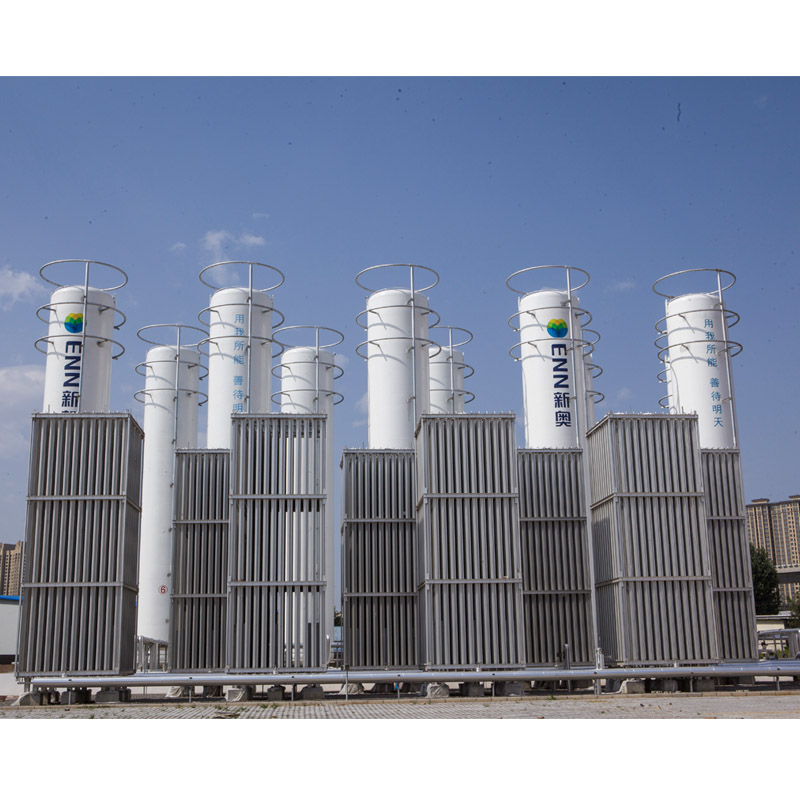
Oct . 21, 2024 07:40
Back to list
Natural Gas Pressure Reduction System Overview and Functionality
Understanding the Natural Gas Pressure Reduction System
Natural gas is a crucial source of energy, responsible for powering homes, industries, and transportation. Essential to its distribution is the natural gas pressure reduction system, which ensures that the gas delivered is at a safe and usable pressure. This article explores the significance, components, and operation of natural gas pressure reduction systems.
The Importance of Pressure Reduction
Natural gas is extracted from the Earth at high pressure and transported through extensive pipeline networks. However, the pressure needs to be significantly reduced before it reaches consumers. High-pressure gas can be dangerous; it can damage pipelines and appliances, leading to accidents and leaks. Thus, pressure reduction systems are vital for both safety and efficiency.
By maintaining appropriate pressure levels, these systems facilitate the smooth operation of gas appliances, such as heaters, stoves, and boilers, ensuring they function correctly without the risk of malfunction. Proper pressure also ensures that the gas delivery process remains efficient, minimizing energy losses and optimizing the overall distribution system.
Components of a Pressure Reduction System
A typical natural gas pressure reduction system comprises several key components
.
2. Filtration Units Before the gas is reduced in pressure, it often passes through filtration units that remove impurities, such as dirt, moisture, and other contaminants. This is crucial to protect the gas appliances and extend their lifespan.
مخفض ضغط الغاز الطبيعي

3. Pressure Gauges These devices monitor the gas pressure at various points in the system. Pressure gauges provide operators with real-time data, enabling them to take necessary actions if the pressure deviates from the set parameters.
4. Bypass Valves In case of system failure or the need for maintenance, bypass valves allow gas to continue flowing while isolating sections of the system. This ensures that consumers do not experience interruptions in service.
5. Safety Devices Many pressure reduction systems incorporate safety devices such as pressure relief valves. These valves automatically open when the pressure exceeds a certain threshold, preventing potential failures and protecting the entire system.
The Operation of Pressure Reduction Systems
The operation of a natural gas pressure reduction system involves several steps. First, high-pressure gas enters the system through an inlet. The filtration units clean the gas, removing any undesired particles. Next, the gas passes through the pressure regulators, where the high pressure is reduced to an acceptable level for consumer use.
Once the gas is regulated, it flows through piping equipped with pressure gauges, allowing operators to continuously monitor the system. If the pressure falls below or exceeds set limits, the system's controls can activate alarms or automatic responses to stabilize the pressure.
After pressure reduction, the gas is distributed to consumers through a network of pipelines. The system's design ensures that the right amount of gas reaches each end-user while maintaining safety and efficiency.
Conclusion
The natural gas pressure reduction system is a vital component of the energy supply chain, ensuring safe and efficient delivery of gas to consumers. As the demand for natural gas continues to grow, advancements in pressure reduction technology will be essential in enhancing safety, reliability, and efficiency. Understanding this system is crucial for anyone involved in the energy sector or for consumers who rely on natural gas for their daily needs. By maintaining effective pressure reduction systems, we can ensure that natural gas remains a safe and sustainable energy source for the future.
Latest news
-
Safety Valve Spring-Loaded Design Overpressure ProtectionNewsJul.25,2025
-
Precision Voltage Regulator AC5 Accuracy Grade PerformanceNewsJul.25,2025
-
Natural Gas Pressure Regulating Skid Industrial Pipeline ApplicationsNewsJul.25,2025
-
Natural Gas Filter Stainless Steel Mesh Element DesignNewsJul.25,2025
-
Gas Pressure Regulator Valve Direct-Acting Spring-Loaded DesignNewsJul.25,2025
-
Decompression Equipment Multi-Stage Heat Exchange System DesignNewsJul.25,2025

